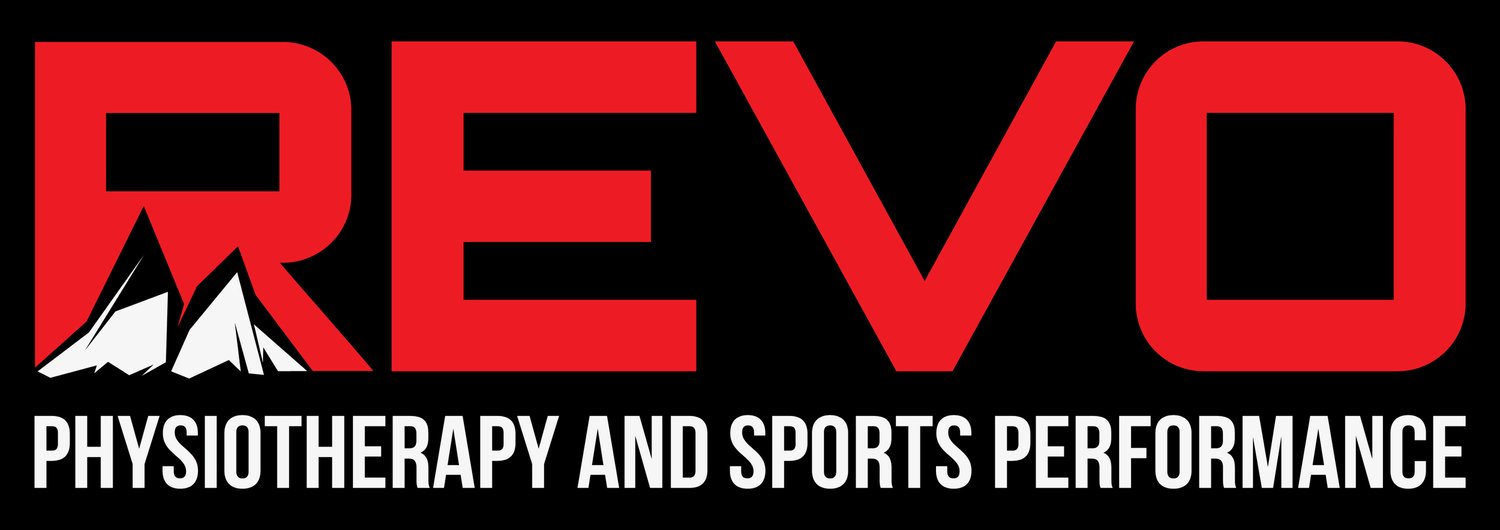Busted: Tight Hamstrings
Hamstrings – you know those muscles, right? Yeah, the ones that simultaneously remind you of small, furry, adorable rodents and a tasty slice of meat from a pig. No? Just me?
Maybe they also remind you of pesky injuries that take way longer than you’d prefer to go away. Maybe they remind you of how *tight* your legs feel after logging too many hours at your desk, or on a plane, or never being able to touch your toes. Or maybe they’ve cramped up on you during a race.
Almost every patient I’ve ever had is all too eager and proud to tell me how “tight” their little hammies are. What a strange badge of honor to say “Hey, professional guy, you ever see hammies as tight as these babies?!”
Yes, yes I have, and even tighter – in patients who have certain forms of Cerebral Palsy. Cut it out, way-too-proud athlete or desk jockey weekend warrior. Your hammies aren’t “tight”. If they truly were, you’d be ambling about with your knees permanently flexed. This is a hallmark sign of spastic diplegia, a form of CP, not of someone who walks normally and runs a few times a week. So stop it. Your hamstrings are NOT tight. They just feel that way.
What they may be is weak, or under/overworked, or limited by your sciatic nerve.
Early in my career, including my time as a student, I would have patients go through a gamut of stretches just to improve their sensation of tightness and range of motion. I’d send them off for a couple weeks, then hope and pray for their knee or toe-touch range of motion to change. God bless them for sticking with me because if I helped anyone it was mostly by accident.
Why do muscles, specifically the hamstrings, feel tight? In the everyday athlete there are a few reasons for this.
Horses, not Zebras
The most obvious and common cause of sensations of tightness comes from exercise. We’ve all had it – DOMS (Delayed Onset Muscle Soreness). Usually a day or two after a big workout our muscles may feel tight, and even sore to the point of being somewhat painful. Congratulations! You’ve caused the necessary muscle tissue damage to become a stronger athlete! Exactly why that muscle, and even tendon, tissue damage causes the feeling of tightness is still a little unclear.
So what about the person who isn’t experiencing DOMS? Why do their hamstrings feel tight? There are a lot of theories and low levels of evidence without enough substance behind them – generalized anxiety disorder, myofascial trigger points, “inflammation” in the muscles without exercise. In the absence of strong evidence, I won’t dive into these.
More Horses
What’s more likely is that your hamstrings are either under or overworked. Maybe there’s even some sciatic nerve irritation.
For the individuals who drive, travel, sit frequently, or have more static postures at work (I see you, standing desk or bouncy ball with the word “But!” at the tip of your tongue), your hamstrings feel tight because you use them in a very limited range of motion throughout your day. It’s surprising to no one that our muscles respond to the manner in which we use them. So if you don’t use them in a certain manner throughout your day, why should they respond? You’ve done nothing to indicate to your Central Nervous System that your hamstrings need to be doing anything else. Keeping them in the same position tells your CNS they should remain in the same position, so the neurological feedback loop allows the muscles to find a “resting” position within your current posture. The muscles haven’t become tight, they just haven’t been properly stimulated.
If you’re overworking your hamstrings, congratulations. That’s hard to do. I equate this to doing big, heavy sets of hamstring exercises at the gym, multiple exercises per session without much rest or recovery between sessions. This is far less common than being under-worked, but it does happen and can certainly cause the hamstrings to feel tight. Imagine if you did heavy sets of bicep barbell curls, reverse grip pull-ups, and preacher curls all in one session, then you did that 4-5 days a week. Your biceps would be jacked! They would also feel terrible and your elbows wouldn’t straighten because your muscle tissue is swollen without proper time to rest/heal, and you’ve stimulated the bejeezus out of that neurological feedback loop that your biceps need to be working and working hard.
The other “horse” is sciatic nerve tension. I prefer the term “irritation” rather than tension because nerves have very little capacity for tensile loading, though irritation does exist to the point where range of motion is limited, so the term “tension” is accurate, but not precise. How does the sciatic nerve become irritated? Let me count the ways. Too many to describe in this already lengthy blog. The important aspect to understand here is that sciatic nerve irritation is much more common a cause of hamstring tightness than just about anything. If your hamstrings feel tight when you lift your leg with a straight knee, try pointing your toes to your nose. If the tightness increases, this is most likely due to sciatic nerve irritability. Good news! Just like the hamstring muscles, you can condition the sciatic nerve, via your central and peripheral nervous systems, to cause less tightness and improve your range.
Hammy Help
My hamstring flexibility cold, pre-hammy help. Woof!
Start helping your hamstrings by learning to hip hinge. Hinging at your hips is all about being able to bend over without flexing your spine, allowing the hamstrings to lengthen and load. Stand one foot length away from a wall or door. Keeping your spine straight and knees relaxed, push your hips back until you hit your target. If you can’t hit it without falling back, step closer to the door and try again.
Practicing hip hinging is a great way to keep your hammies feeling loose!
In my physical therapy world, there are two types of people: those who deadlift, and those who don’t. If you want your hamstrings to feel more flexible and stronger, learn how to hip hinge, then learn how to deadlift. There are a LOT of variations to this movement, but for most of us every day athletes, I prefer a standard barbell deadlift form.
Load and lengthen!
For my folks with sciatic nerve irritation, you can do all of these things (under supervision at first, of course), but have a pro you trust determine whether or not this is a limitation for you. If it is, decreasing the irritability of the nerve may be as simple as a nerve glide. There are a few ways to do this. With a highly irritable sciatic nerve, gliding at the foot/ankle is most appropriate.
Start position, foot relaxed.
End position, hip to 90, knee extended, ankle dorsiflexed to the start of tension.
My hamstring flexibility after a little hammy help!







